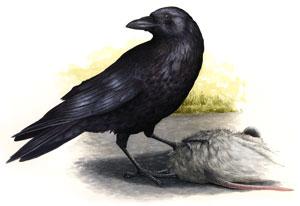
Recreation
Kentucky Afield Outdoors: Crow season an overlooked opportunity for wing shooters
They are just as likely to be eating scraps of fast food on a mall parking lot as ... Read more

They are just as likely to be eating scraps of fast food on a mall parking lot as ... Read more